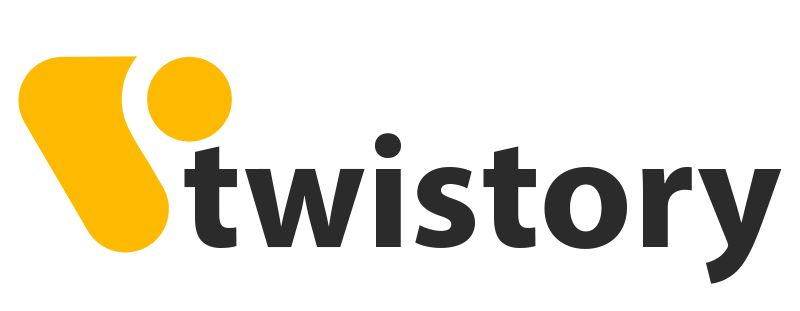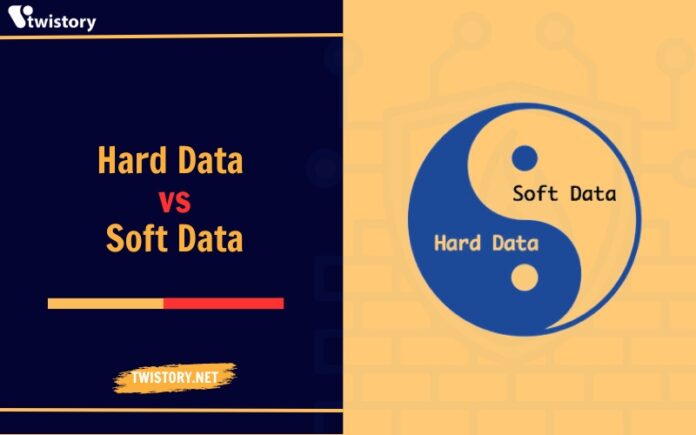In our modern, data-centric society, both businesses and individuals lean heavily on information to steer their decisions. But it’s important to realize that not all data holds the same value or clarity.
Data analysis typically hinges on two distinct types: hard data and soft data. Grasping the nuances between these forms of data, often referred to as the “Hard Data vs Soft Data” debate, is essential for making sound judgments and effective choices.
We’re about to explore the realms of hard and soft data, unpacking what they mean, their unique features, and how they influence our decision-making processes.

1. What Is Hard Data?
Hard data, often known as quantitative data, is all about numbers and measurements. It’s the kind of information that you can count, measure, and observe in a clear-cut way. This includes anything with numerical values, like sales numbers, revenue, profit margins – basically, anything that you can pin down with precise figures. Hard data is factual and objective, making it a reliable tool to confirm or disprove a theory.
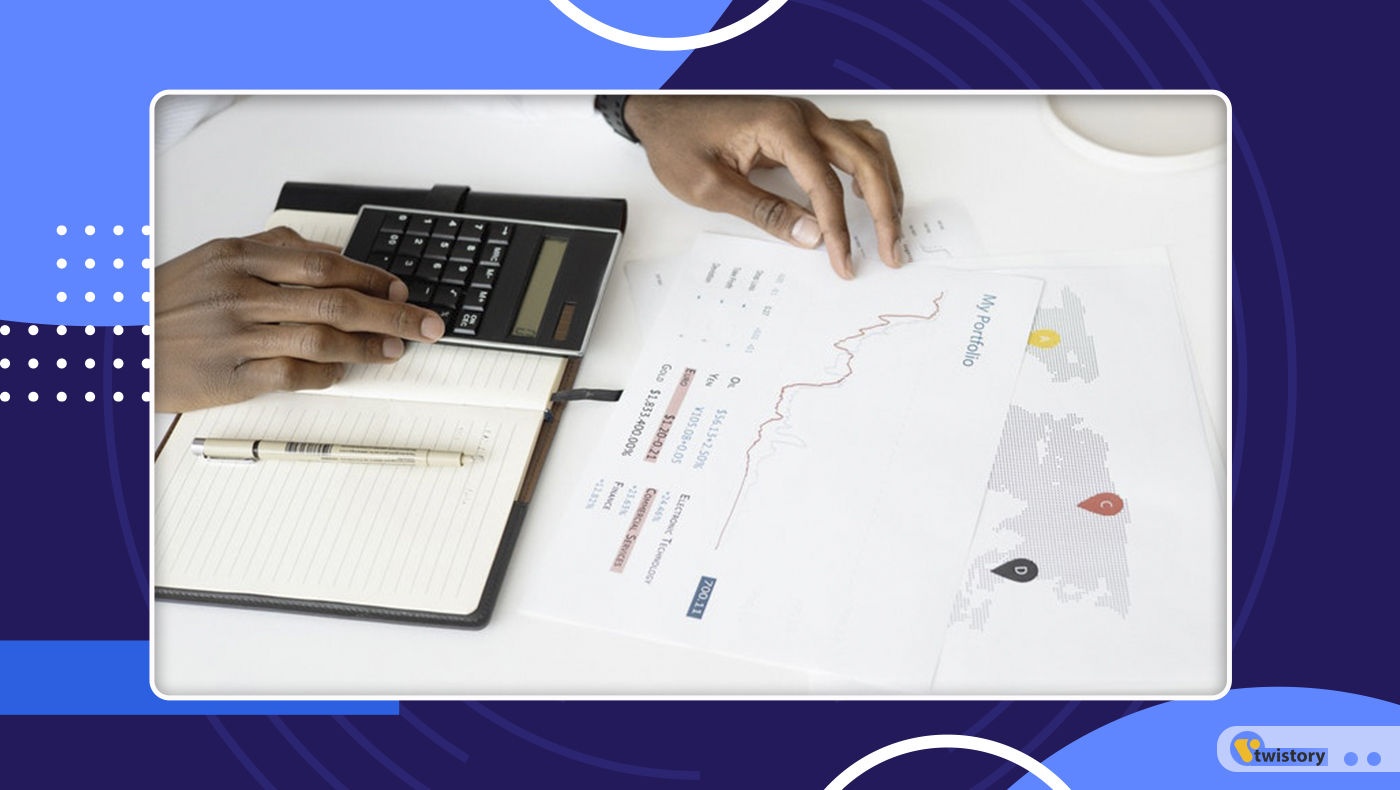
2. What is Soft Data?
Soft data, also known as qualitative data, leans more towards the subjective side and is not as easily measurable as hard data. This type involves the intangibles – opinions, feelings, and attitudes. Gathering soft data typically involves methods like interviews, surveys, and questionnaires with open-ended questions.

Take, for instance, customer satisfaction, employee morale, and brand perception – these are classic examples of soft data. Although it doesn’t have the exactness of hard data when it comes to collection and interpretation, soft data offers a vital glimpse into the human aspects of decision-making.
3. Methods of Collecting and Creating Hard Data vs Soft Data
When it comes to collecting and creating data, the methods used can vary significantly depending on whether you are dealing with hard data or soft data. Here’s a look at some common methods for each:

3.1 Hard Data
Hard data stands out for its factual nature, obtained through precise research methods. The process begins with selecting a large group of respondents, ensuring the sample represents every category of the target population. Then, it’s about choosing the best method to collect this data. Options include:
- Telephone calls
- Polls
- Face-to-face interviews
- Experiments
- Surveys
- Controlled observations
The choice of method often hinges on the research goals. For instance, the behavior of participants in a controlled experiment might differ from their actions in natural settings, affecting the results. Sometimes, combining multiple methods is necessary to bolster the reliability of hard data.
3.2 Soft Data
In contrast, soft data is qualitative and descriptive, often bypassing the structured research process typical for hard data. It can’t be easily translated into graphs or charts. Examples include perceptions, expectations, ideas, impressions, assumptions, and even rumors, usually derived from discussions and observations. While soft data may have gaps, it’s far from worthless. Marketers often use it alongside hard data for a more comprehensive business analysis.
Soft data collection methods include:
- Case studies: These involve detailed examination of past events or processes to glean relevant information. This flexible approach suits both simple and complex topics.
- Observations: Here, researchers immerse themselves in the environment, often unnoticed by the subjects. The insights come from detailed notes taken during this observation.
- Focus groups: Consisting of 6-10 individuals with a common trait, these groups discuss under the guidance of a moderator to extract insights about specific topics.
- One-on-one interviews: Similar to those used for hard data, these interviews for soft data are more conversational and informal, filled with open-ended questions to facilitate a natural flow of conversation. This approach allows for a more personal and in-depth exploration of subjects.
4. Examples of Hard and Soft Data
Here are examples to illustrate the differences between hard vs soft data:
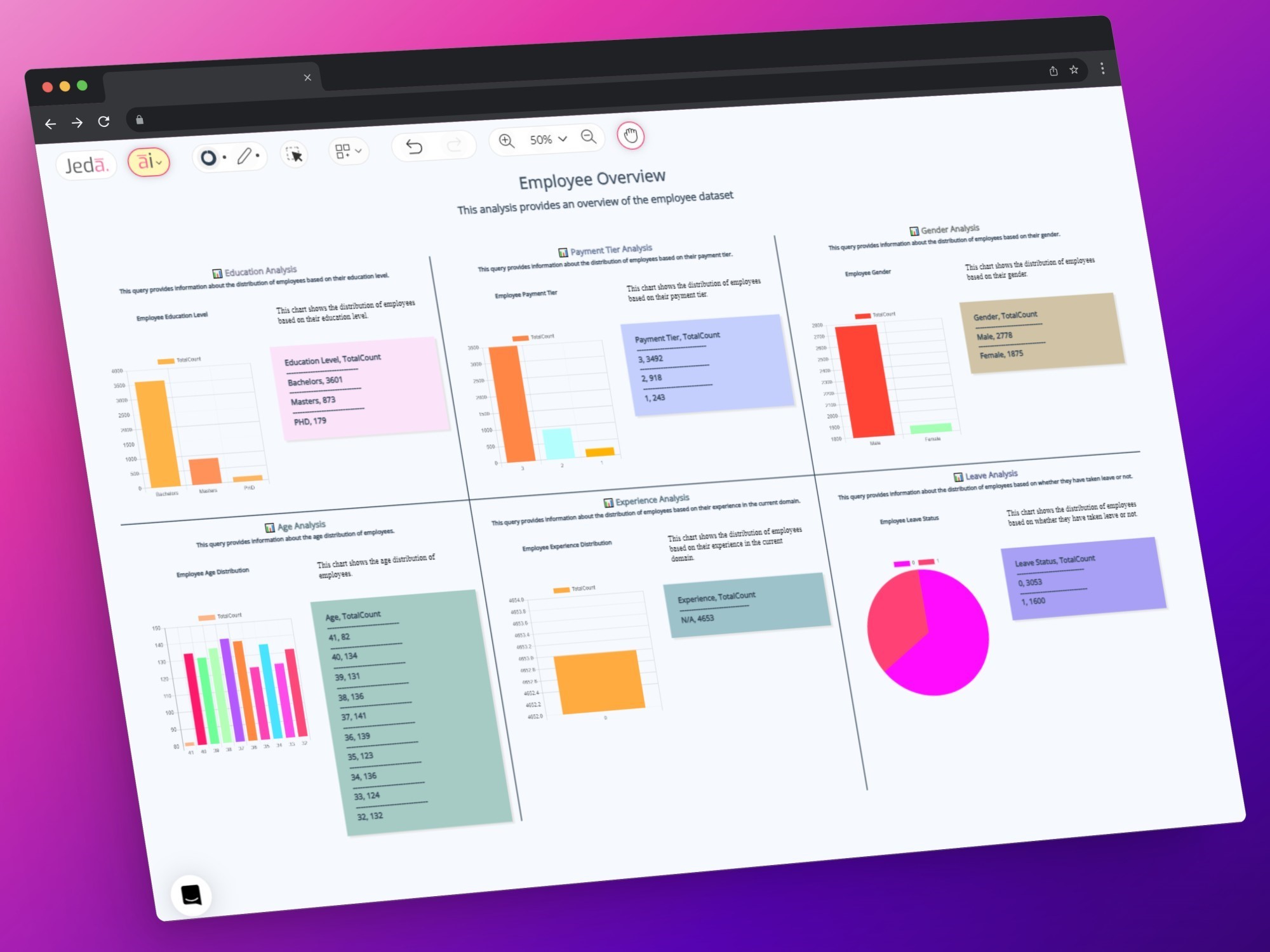
4.1 Hard Data
Hard data can be primarily categorized based on its source and method of collection into two groups: technology-generated data and data obtained through methodological research.
- Technology-generated data: This type of hard data, increasingly prominent, comes from applications and technological devices. It’s often regarded as the most authentic form of hard data due to its traceability, measurability, and verifiability. Sources include mobile apps, phones, computers, smart meters, call records, traffic monitoring systems, and bank transactions.
- Data from methodological research: Hard data can also stem from scientific methods like telephone calls, polls, controlled experiments, and surveys.
4.2 Soft Data
Soft data collection mirrors that of hard data but with distinct differences, primarily in the nature of the information gathered. It generally falls into two categories based on source and method: data from focus group research and online-generated data.
- Soft data from focus group studies and interviews: Although using similar methods to hard data, such as interviews and focus groups, soft data dives into subjective territory. It focuses on collecting opinions, ideas, feelings, and experiences – elements that are inherently subjective and can’t be quantified.
- Online-generated soft data: This includes user feedback, product reviews, customer satisfaction, and other user-generated online content. When combined with sentiment analysis, these insights become valuable for understanding customer preferences and needs.
5. Characteristics and Roles of Hard and Soft Data in Decision Making
Both hard and soft data are pivotal in decision-making processes, providing varied insights and perspectives that enhance each other. Recognizing the distinct attributes and applications of each data type is crucial for informed decision-making, especially in business, policy formulation, and research environments.
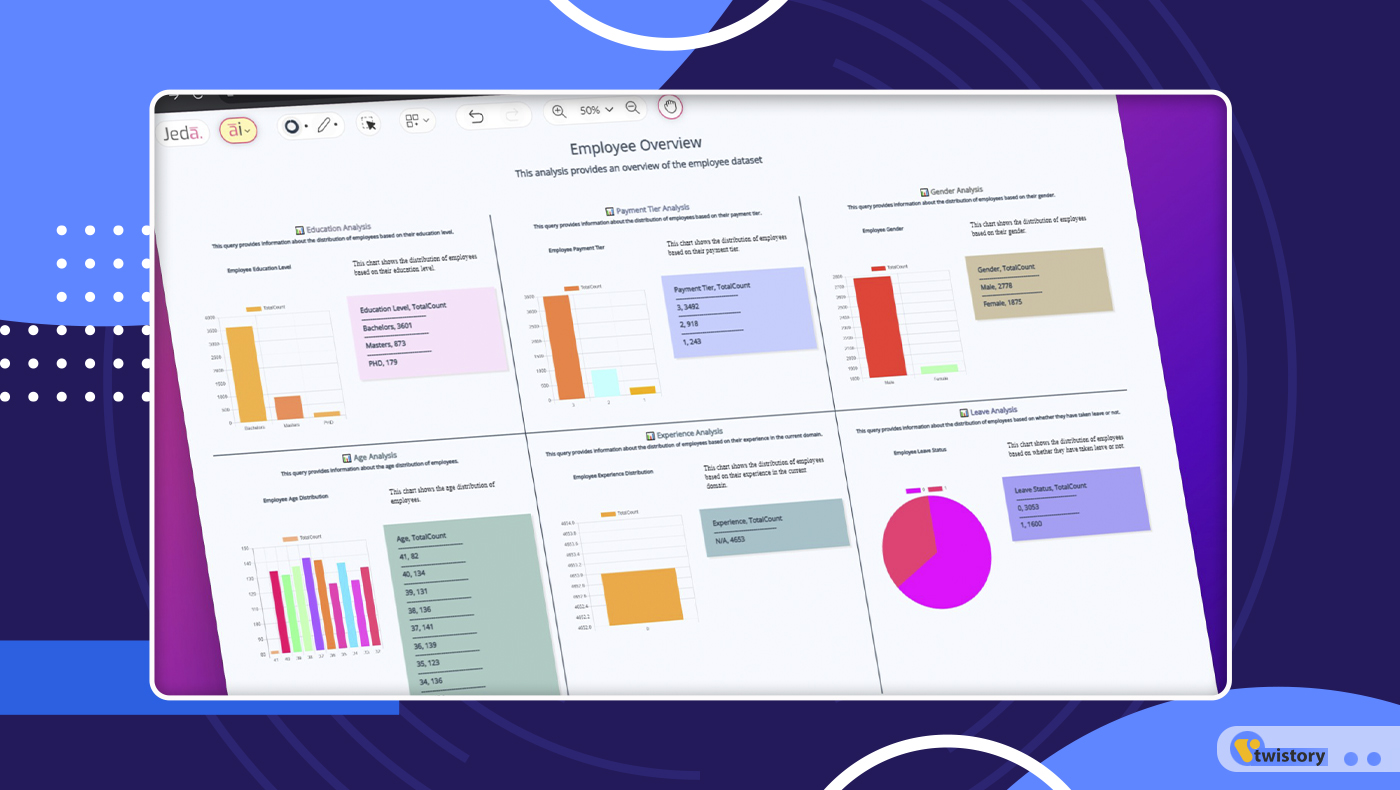
5.1 Characteristics of Hard vs Soft Data
Hard data and soft data represent two distinct kinds of information, each with its own set of attributes:
Hard Data:
- Measurability: Hard data stands out for its quantifiable nature, allowing for straightforward analysis and comparison.
- Objectivity: This type of data is rooted in objectivity, free from personal biases, based solely on tangible facts and figures.
- Reliability: Due to its concrete and measurable aspects, hard data is often seen as more reliable, minimizing subjective interpretation.
Soft Data:
- Subjectivity: Soft data encompasses more subjective elements, including opinions and emotions, which can lead to varied interpretations.
- Contextual Understanding: It demands an in-depth comprehension of the context in which it’s gathered, as meanings can shift based on perspective.
- Rich Insights: Although qualitative, soft data sheds light on the intricacies of human behavior and perceptions, offering valuable insights.
5.2 Roles of Hard vs Soft Data in Decision Making
Both hard and soft data provides a comprehensive lens for decision-makers, enhancing the depth and breadth of their analysis.
Hard Data:
- Informing Strategy: Hard data plays a pivotal role in shaping strategic decisions, especially where precise numerical analysis is vital.
- Performance Metrics: It’s key in developing Key Performance Indicators (KPIs), which are essential for evaluating the success and impact of various initiatives.
Soft Data:
- Understanding Stakeholders: Soft data is crucial in grasping the viewpoints and feelings of stakeholders like customers, employees, and business partners.
- Adapting to Change: It proves invaluable for modifying strategies in response to evolving market conditions and shifting consumer tastes.
6. Similarities and Differences Between Hard Data vs Soft Data
Explore the nuances of hard vs soft data, revealing the key characteristics that define their role in analysis and decision making. Let’s learn more about the differences and similarities between these two types of data.

6.1 Similarities Between Hard and Soft Data
- Information Value: Both hard and soft data are treasure troves of insights, offering different angles for analysis and decision-making. They illuminate various facets of an issue or scenario.
- Decision Support: Each data type plays a role in supporting decisions. Hard data, often quantitative, provides tangible evidence, while soft data, more qualitative and subjective, adds contextual depth to the picture.
- Complementary Nature: Hard and soft data often work best in tandem. Merging quantitative hard data with qualitative soft data can yield a fuller understanding, like a business using both sales figures and customer feedback.
- Integration in Analysis: Balancing both types of data is key for a well-rounded analysis. This integration leads to a deeper comprehension of complex matters.
- Subjectivity: Both data types can be influenced by subjective elements. Hard data collection might have inherent biases, and soft data is by nature subjective. Recognizing these influences is vital for accurate interpretation.
- Communication: Whether it’s presenting hard data statistics or soft data insights, effective storytelling is essential. Clear communication ensures that the findings are comprehensible and actionable.
- Influence on Strategy: Both hard and soft data inform strategic decisions. Hard data like market trends and financial figures can guide business strategies, while soft data like cultural insights or employee sentiments can influence organizational tactics.
- Dynamic Nature: Both data types are subject to change. As market conditions, customer preferences, and employee attitudes evolve, it’s crucial to continually update and reassess both hard and soft data to stay relevant and make informed choices.
6.2 Differences between Hard and Soft Data
The distinction between hard data vs soft data is fundamental to information analysis. Grasping these differences is essential for informed decision-making, where each type contributes uniquely to shaping strategies and viewpoints.
| Topic | Hard Data | Soft Data |
| Definition | Data that is quantifiable, measurable, and objective. | Data that is qualitative, subjective, and often more elusive or intangible. |
| Nature | Factual and concrete. | Abstract and reliant on interpretation. |
| Form | Represented in numbers or distinct categories.
|
Presented in descriptive or narrative formats. |
| Examples | Figures of sales, temperature readings, demographic numbers. | Insights from customer feedback, personal opinions, and individual perceptions. |
| Precision | Characterized by a high degree of precision and accuracy. | Can be more open to interpretation, often with less precision. |
| Source | Typically sourced from structured environments like databases or sensor outputs. | Acquired from methods like interviews, surveys, and observational studies. |
| Analysis | Involves statistical methods for analysis. | Subject to qualitative analysis methods, such as thematic analysis. |
| Reliability | Regarded as highly reliable due to its objective nature. | Dependent on the source’s credibility and the interpretation’s validity. |
| Application | Predominantly utilized in fields such as science, finance, and engineering. | Frequently employed in social science research, marketing studies, and studies focusing on human behavior. |
7. Conclusion: The Importance of Understanding and Using Both Hard and Soft Data
In conclusion, the comparison of Hard Data vs Soft Data reveals a fascinating landscape of how diverse data types contribute uniquely to our understanding and decision-making processes. While hard data offers the concrete and measurable, soft data brings the subjective and qualitative to the table. By appreciating the strengths and applications of both, we can make more informed and nuanced decisions in various fields.
For those fascinated by the complex interactions of data, we welcome you to explore our informative blogs at Twistory. Learn more about how data forms our world, influences trends, and ignites innovation. Set forth on this quest for knowledge with us and stay updated in the dynamic landscape of information and technology.
